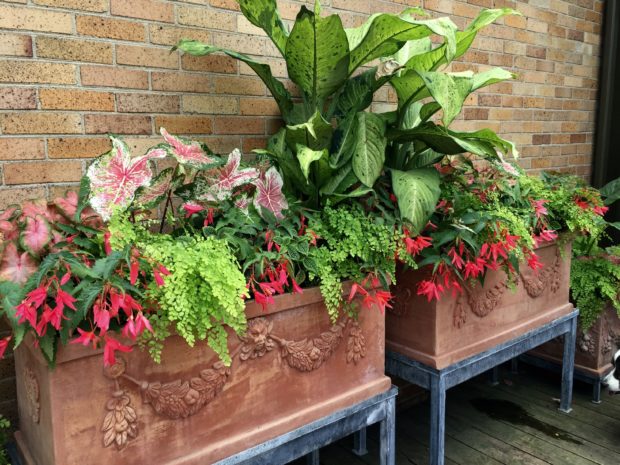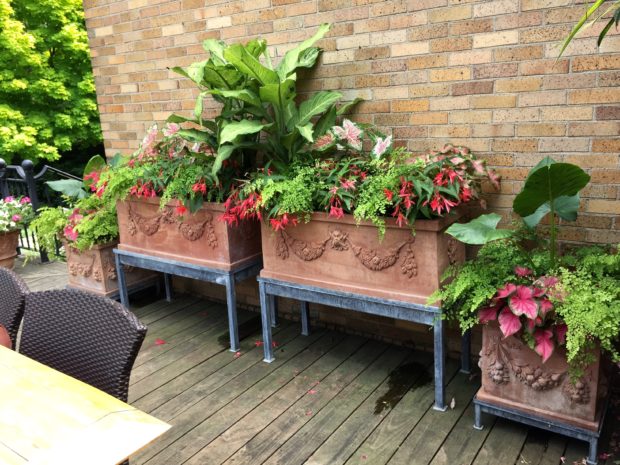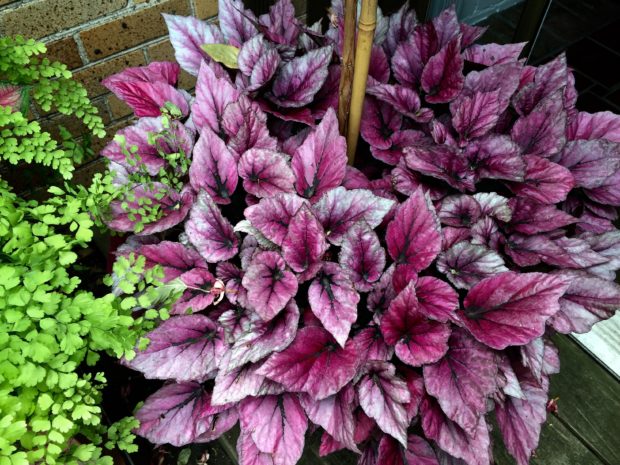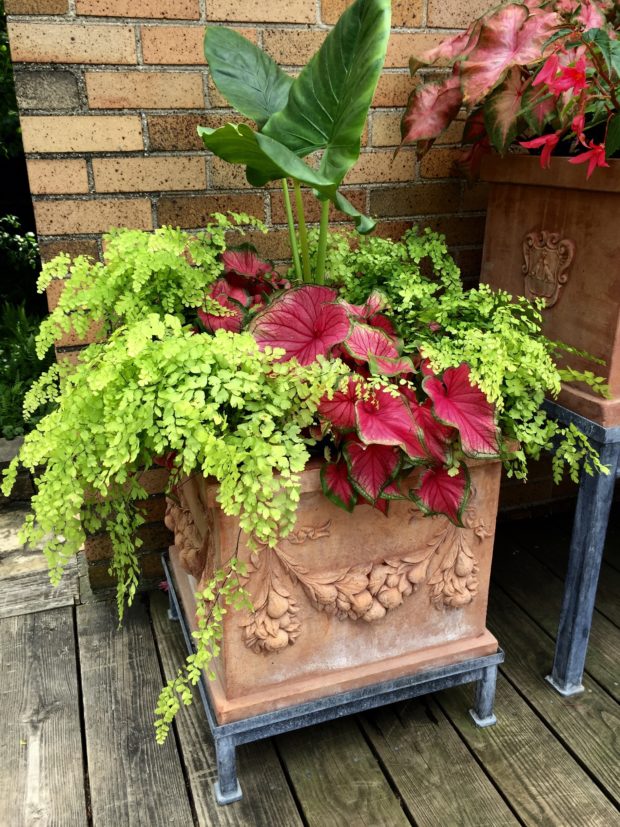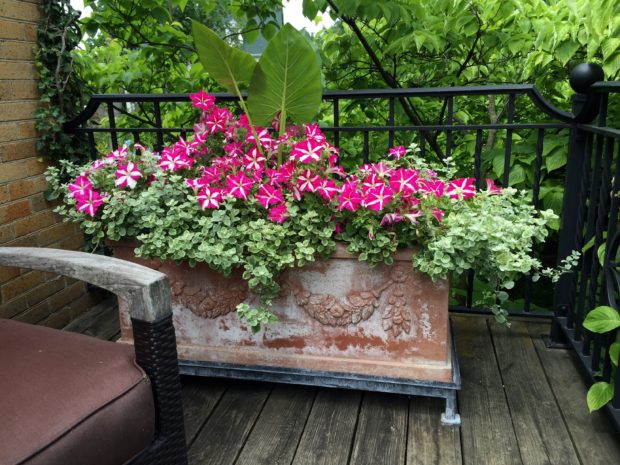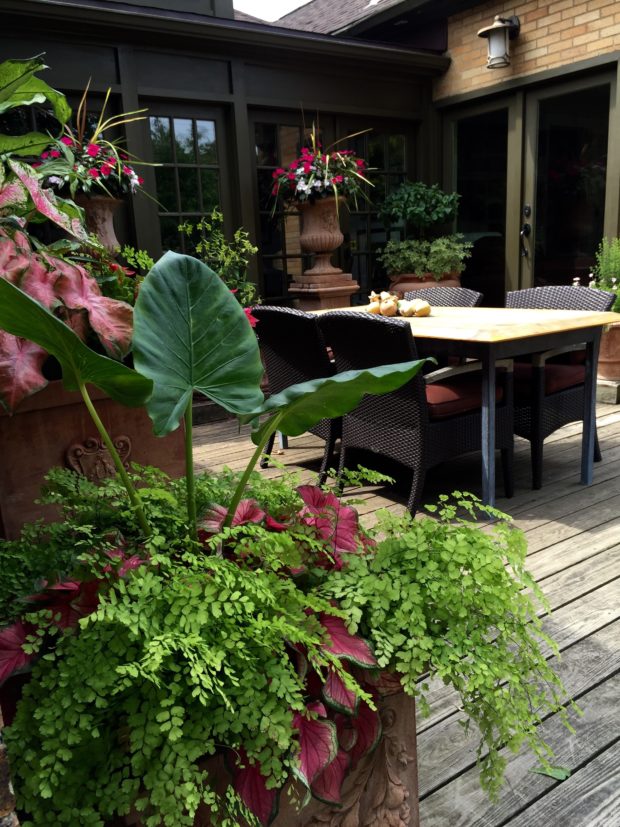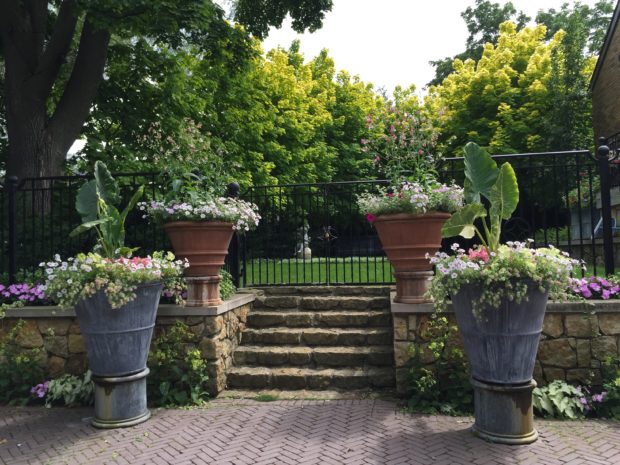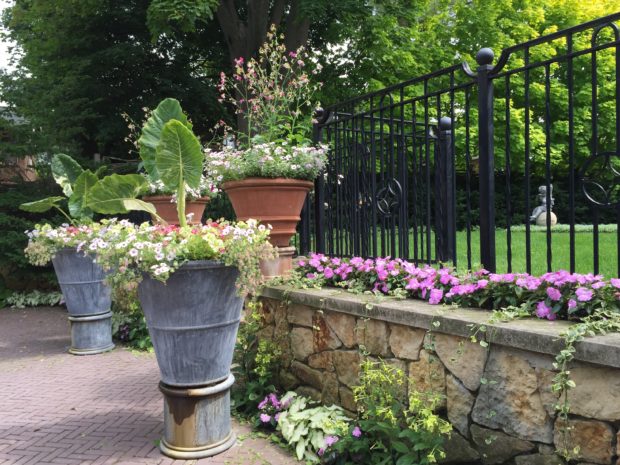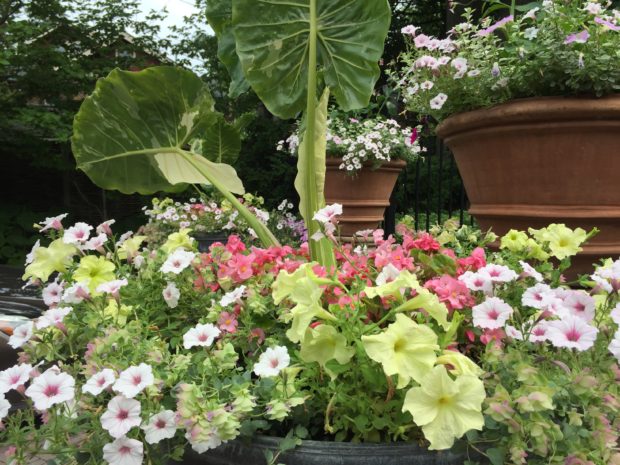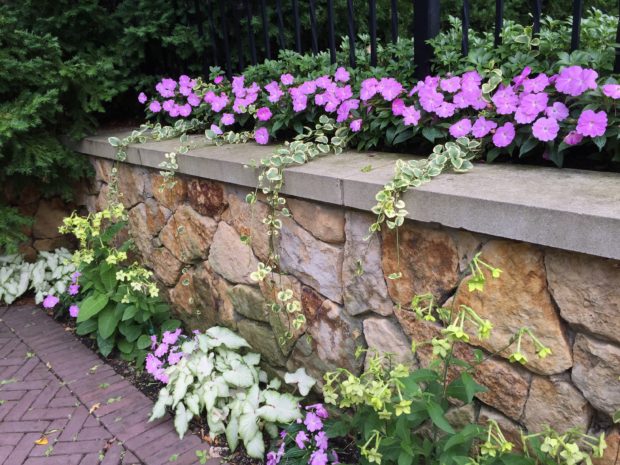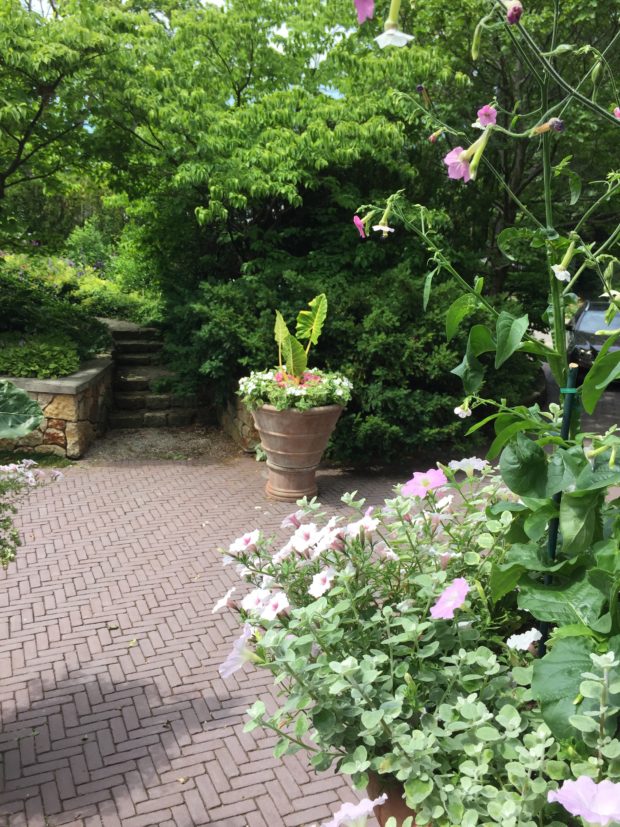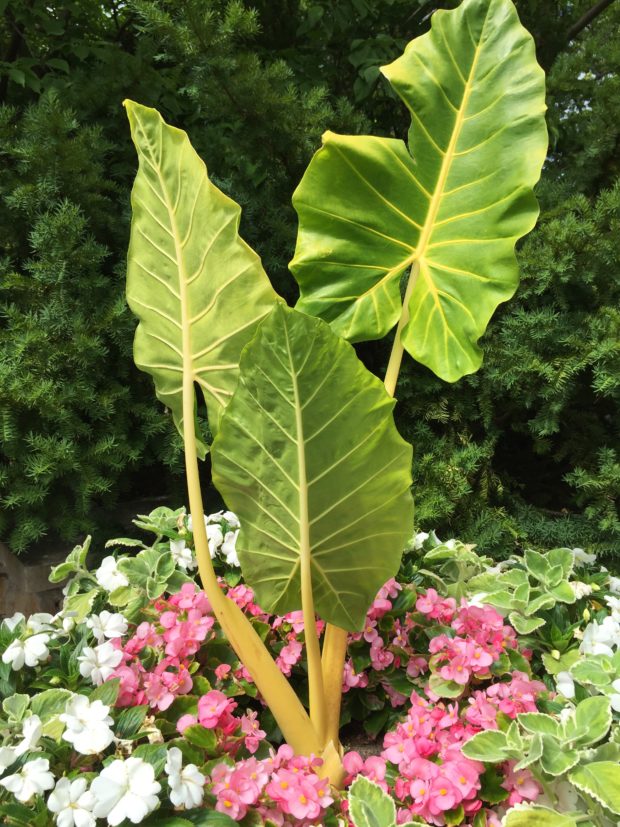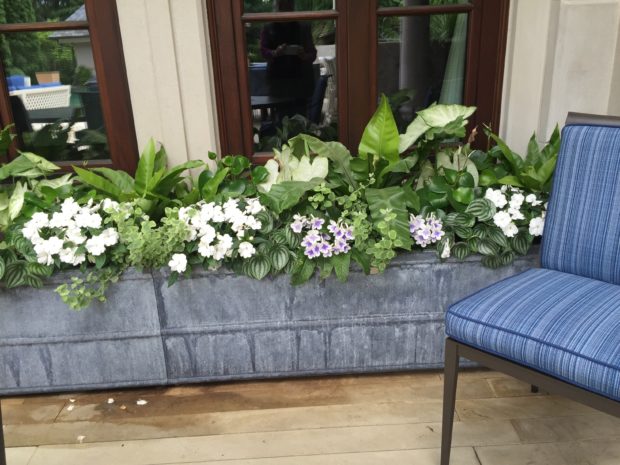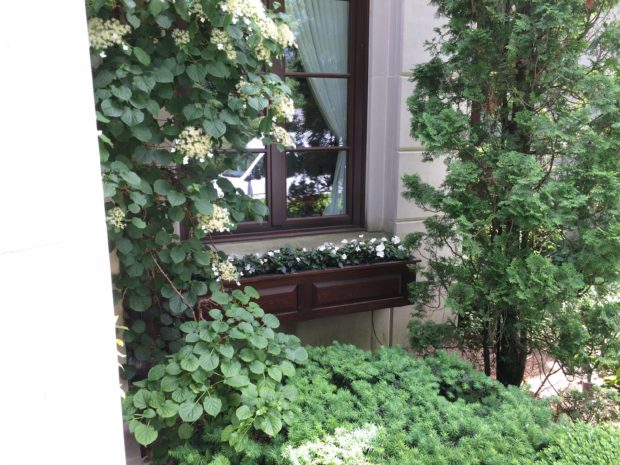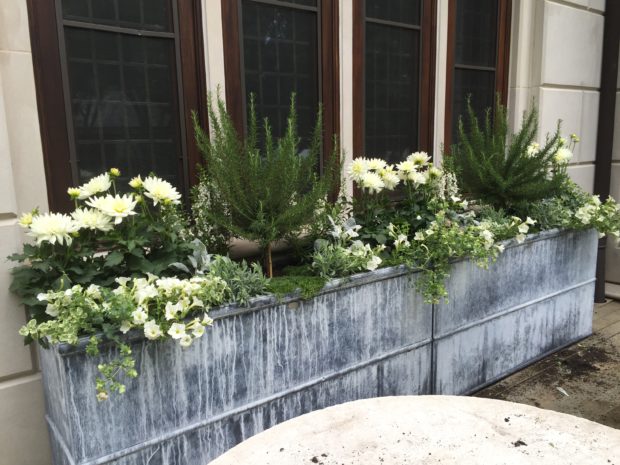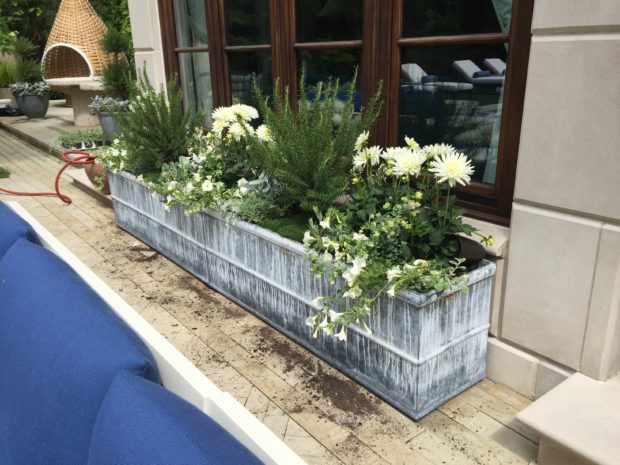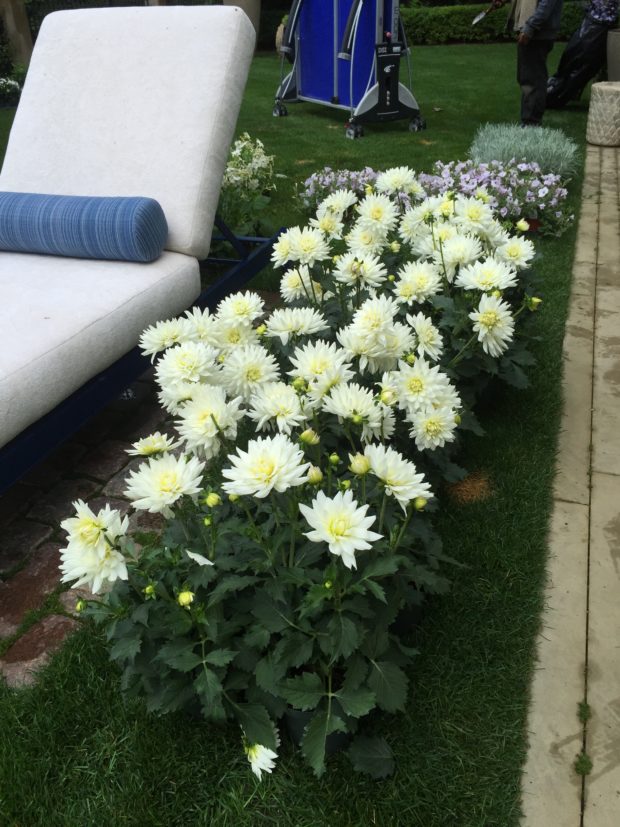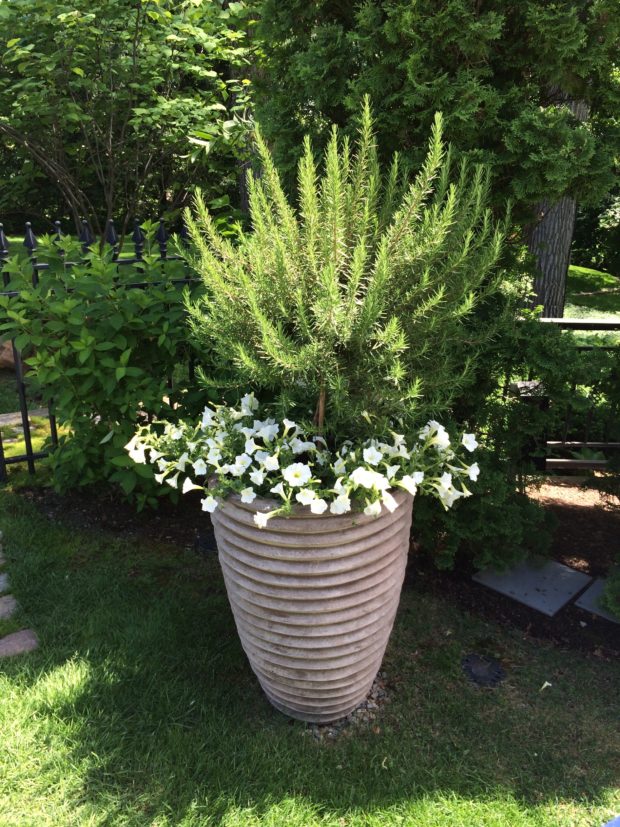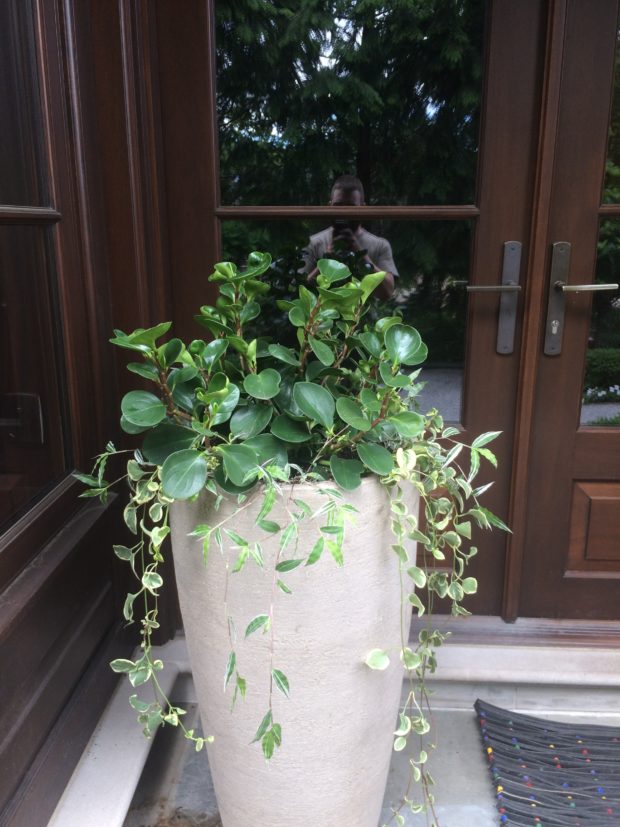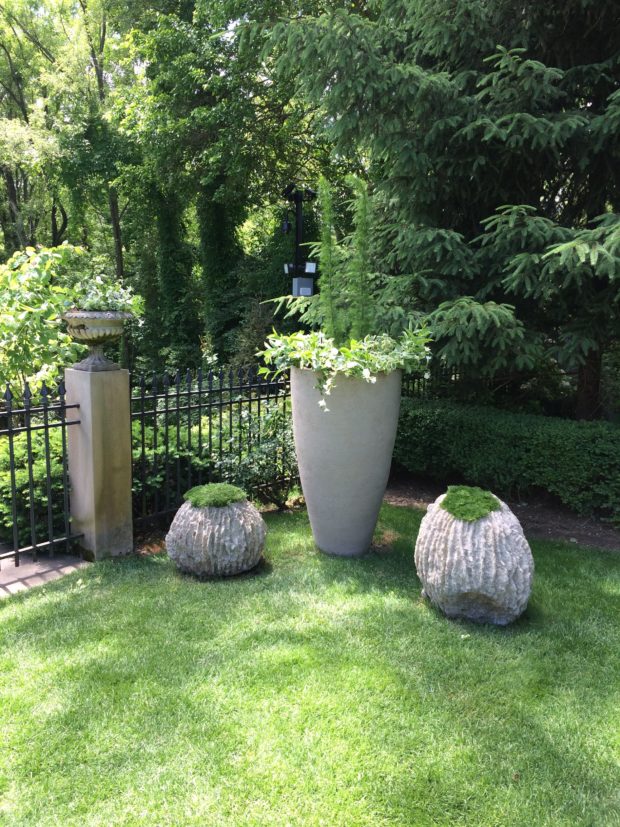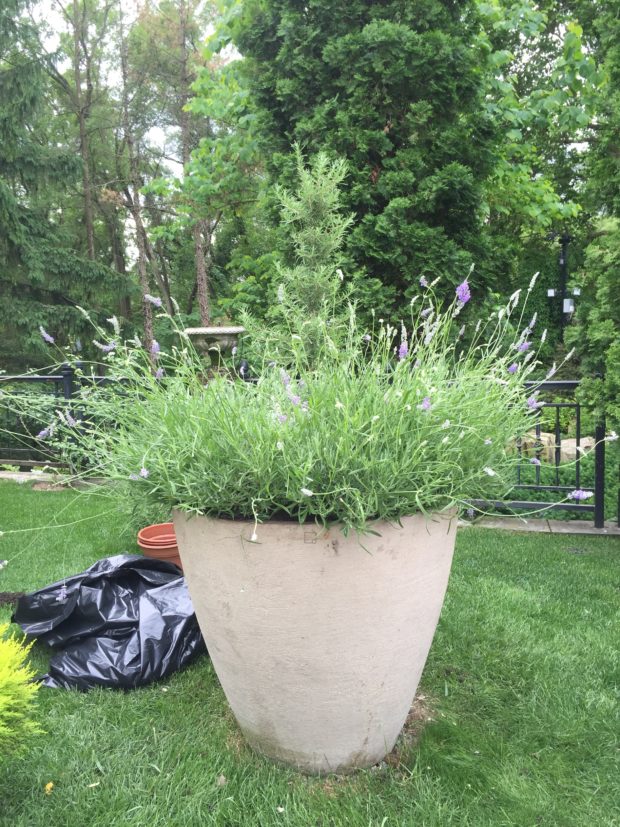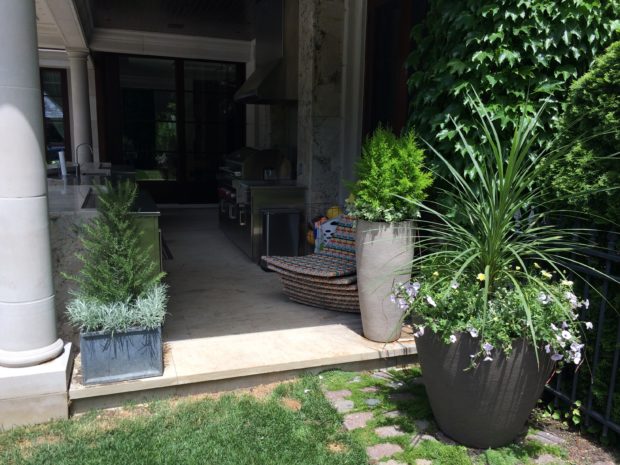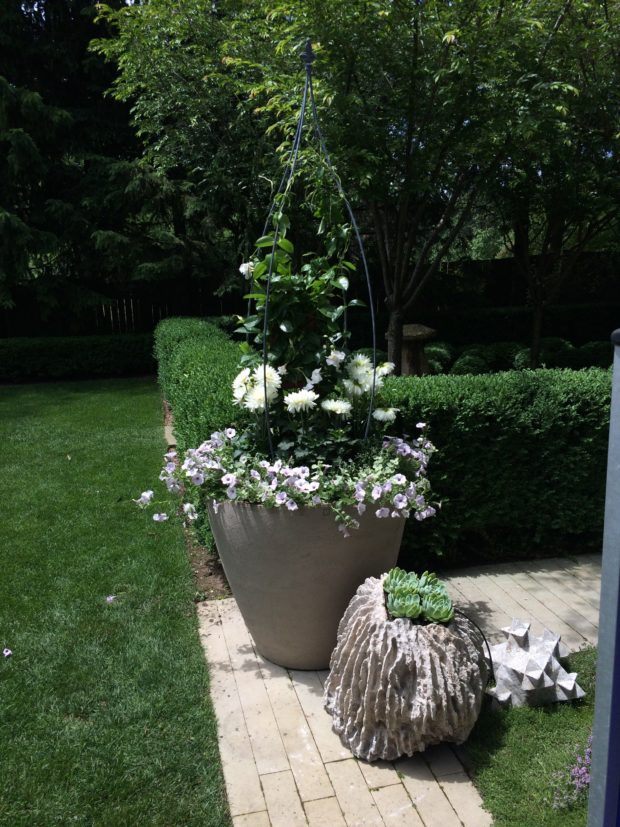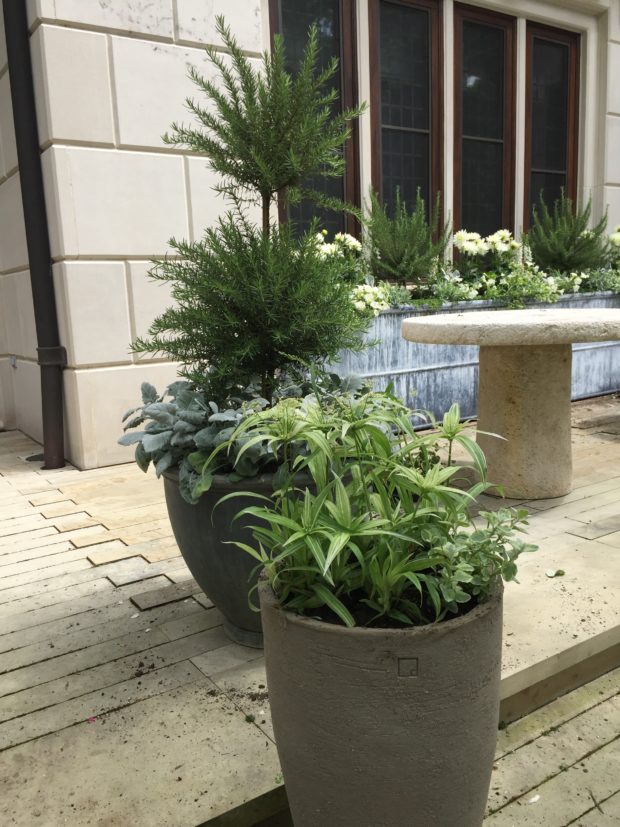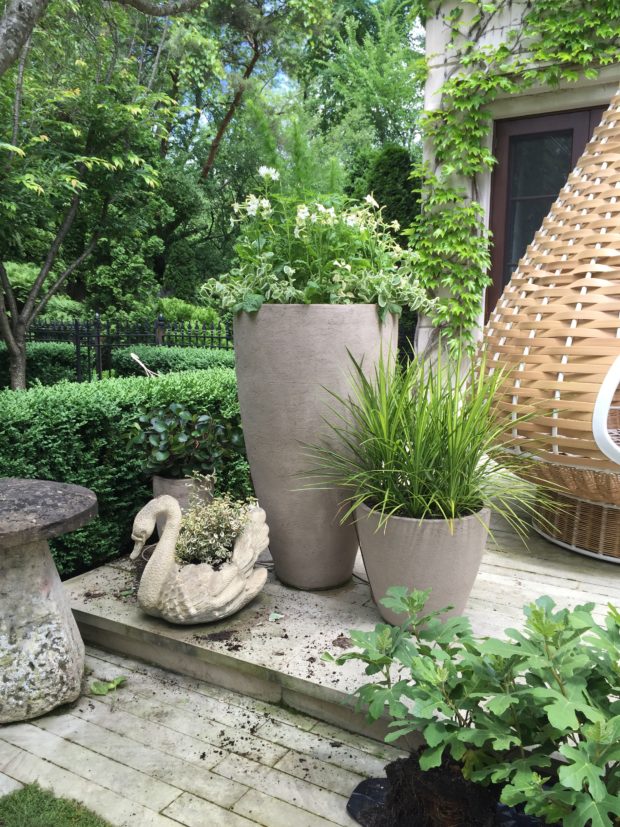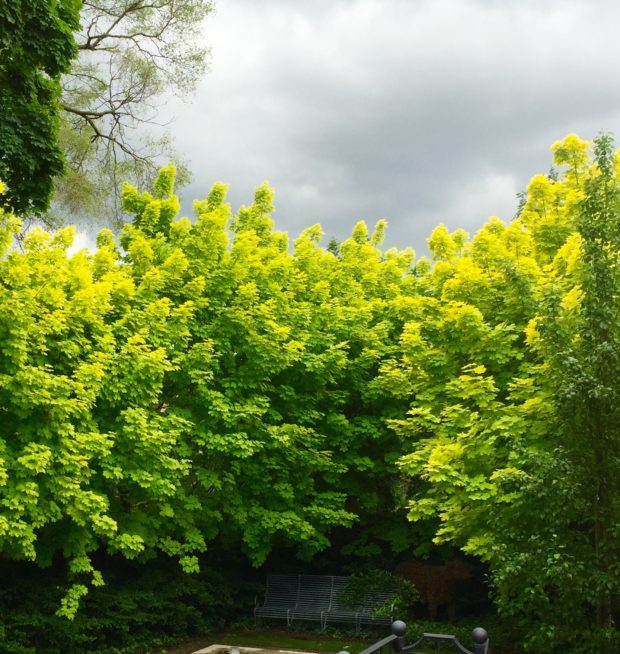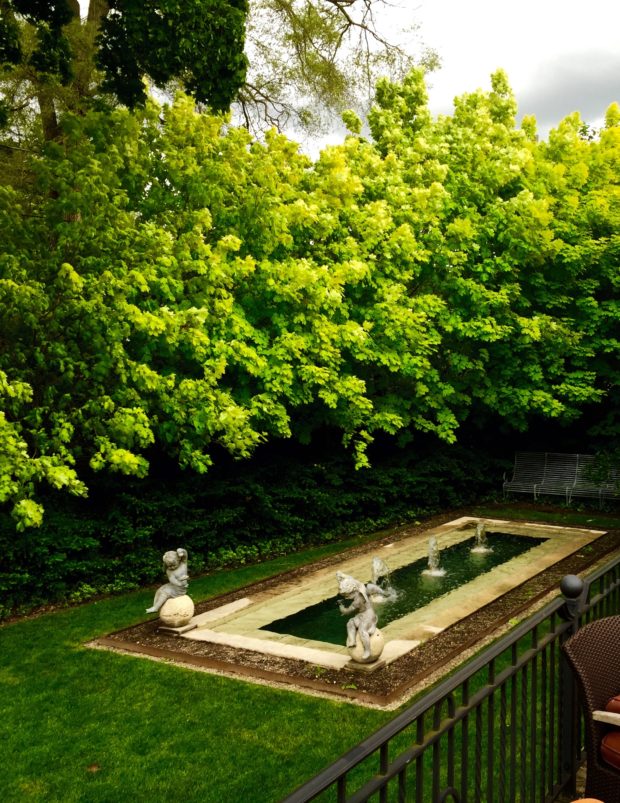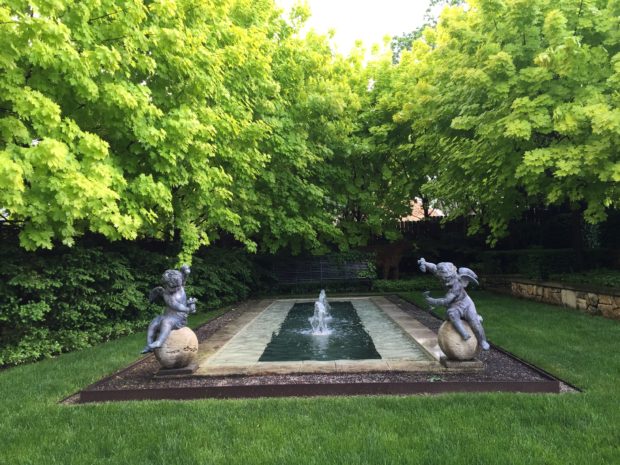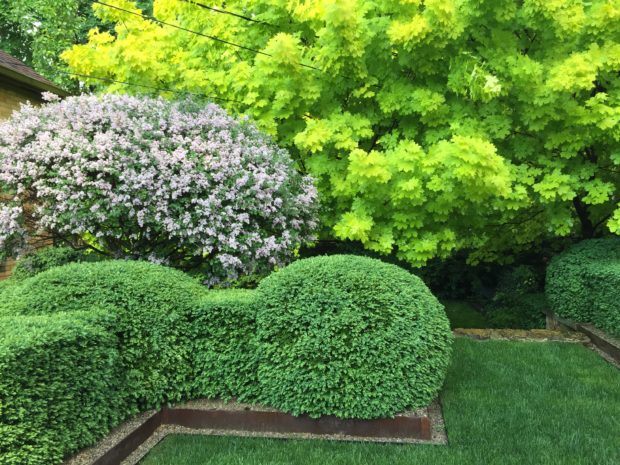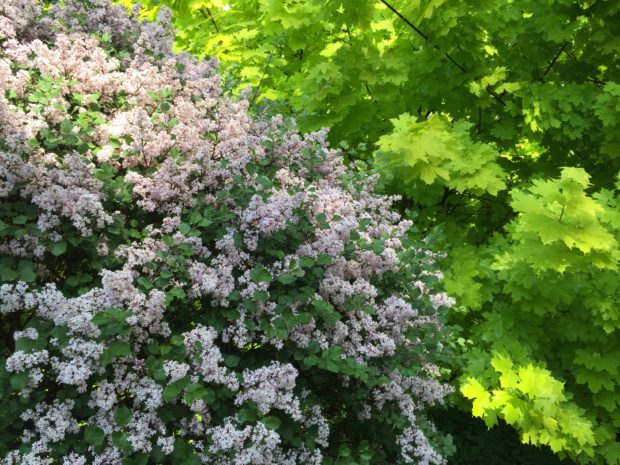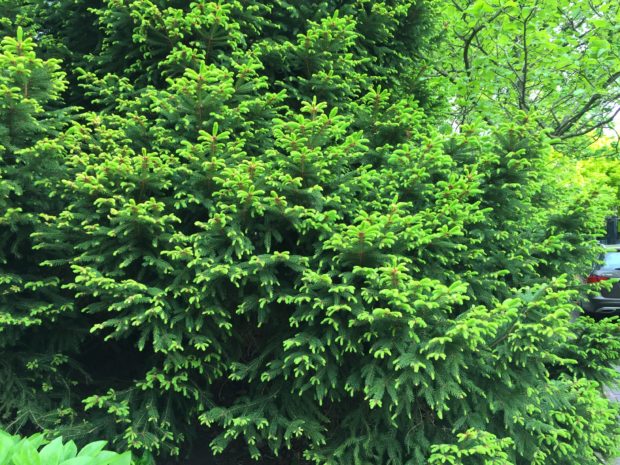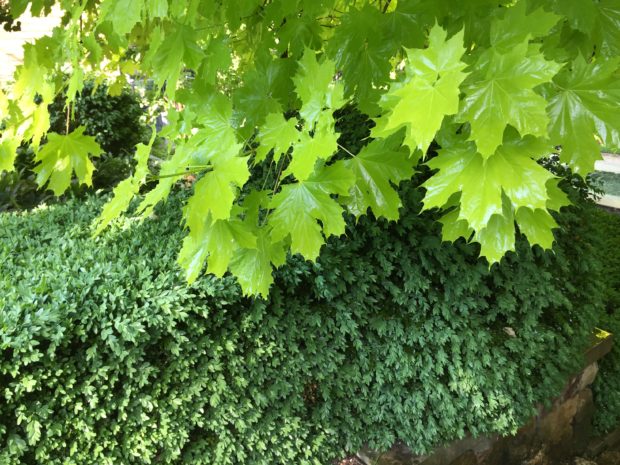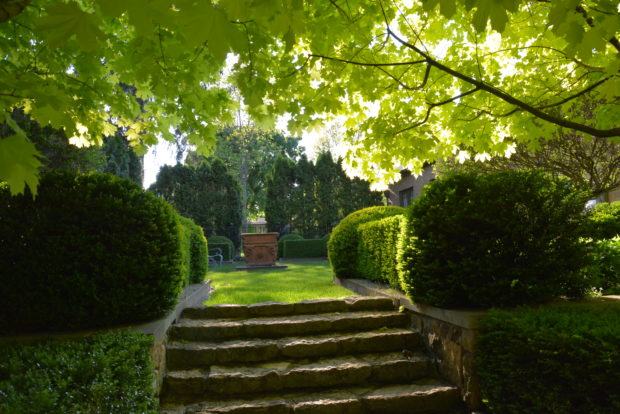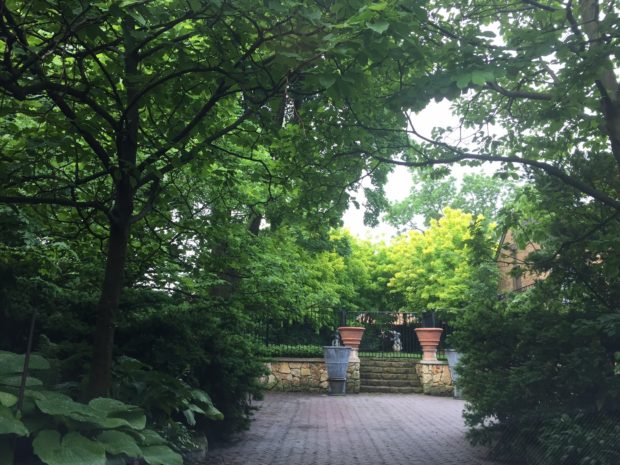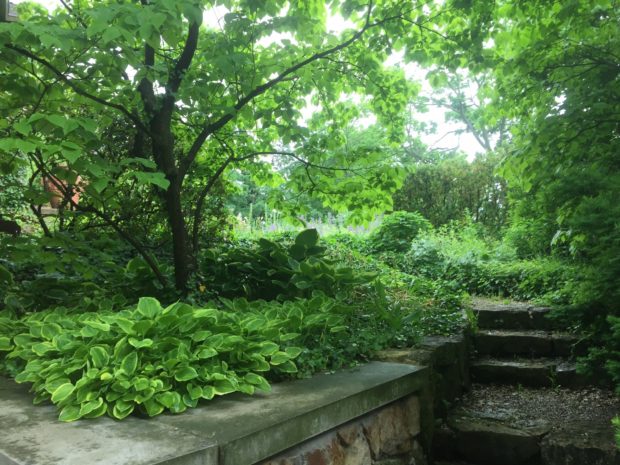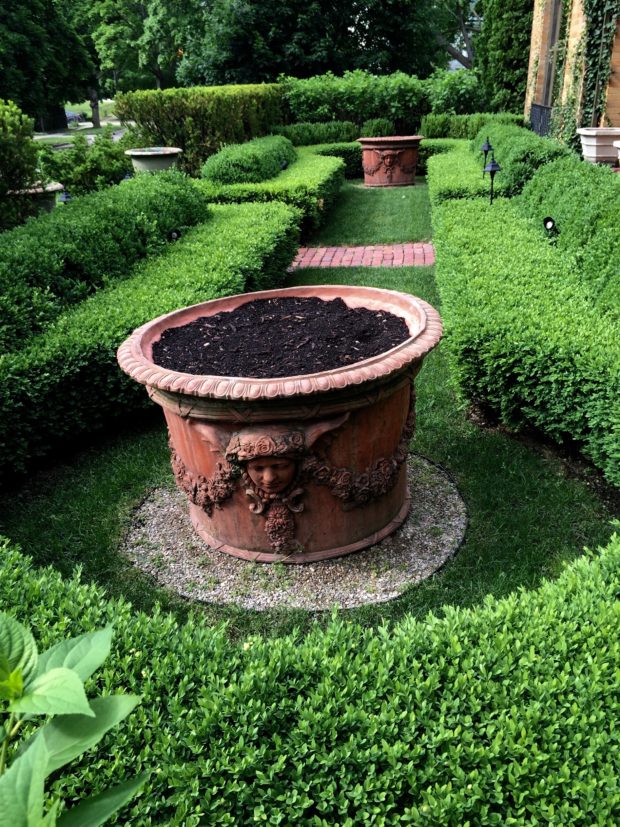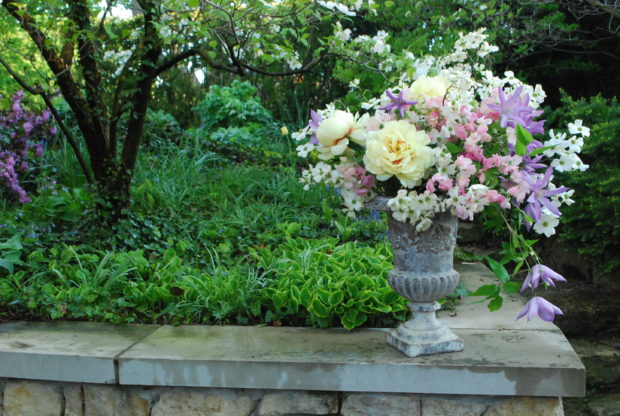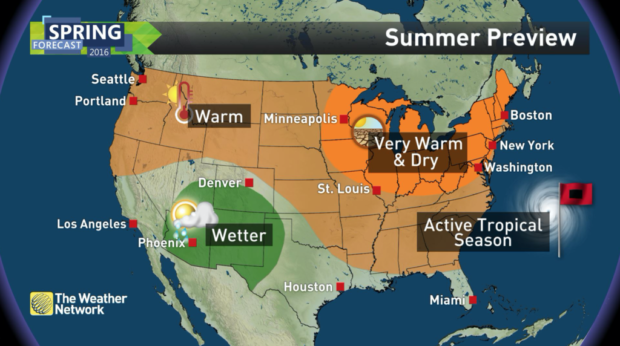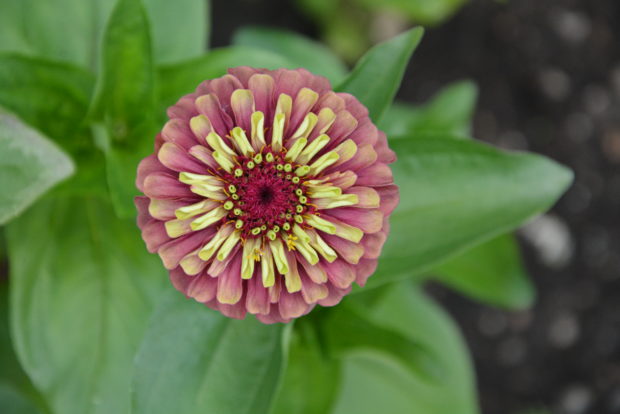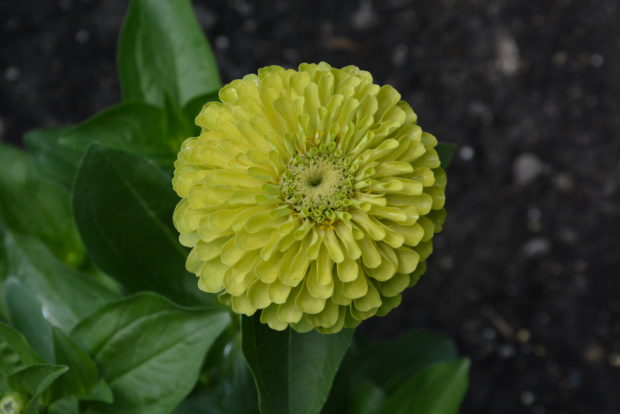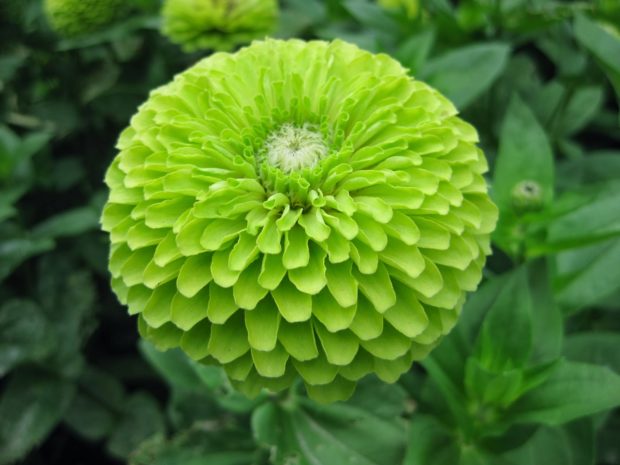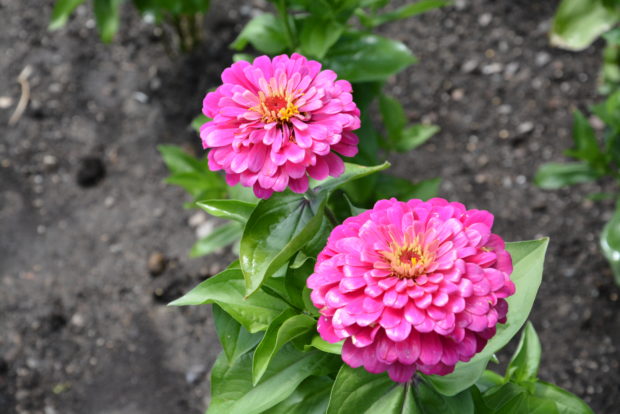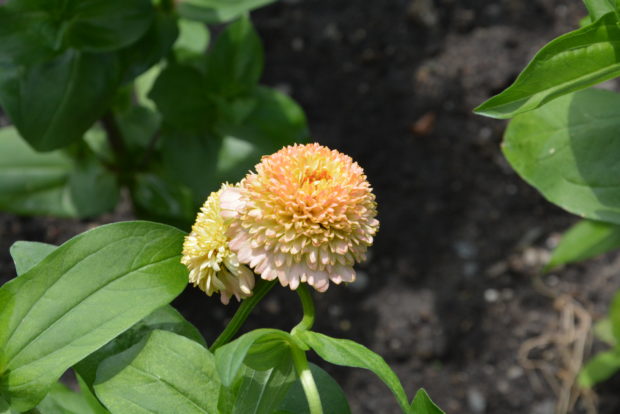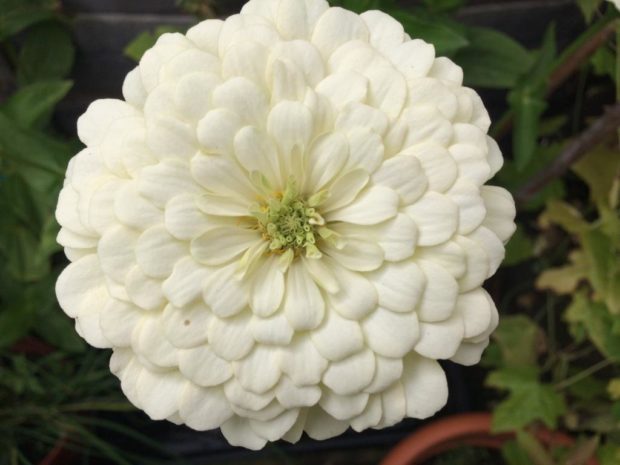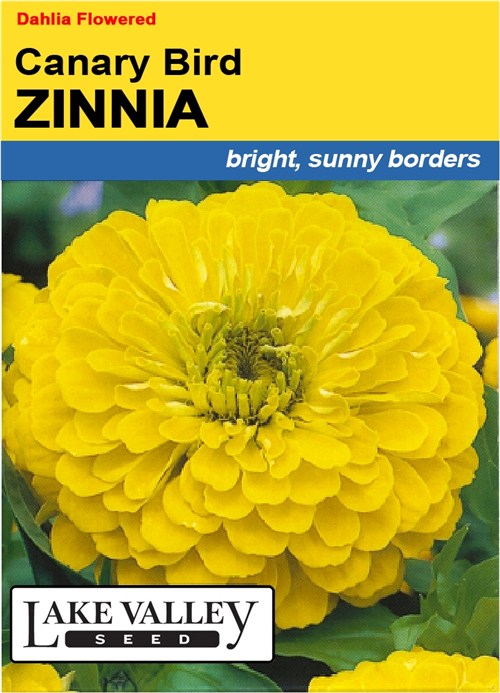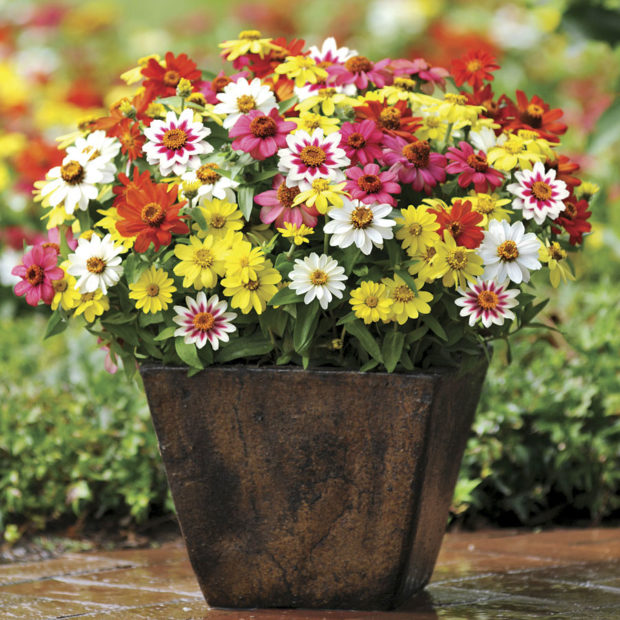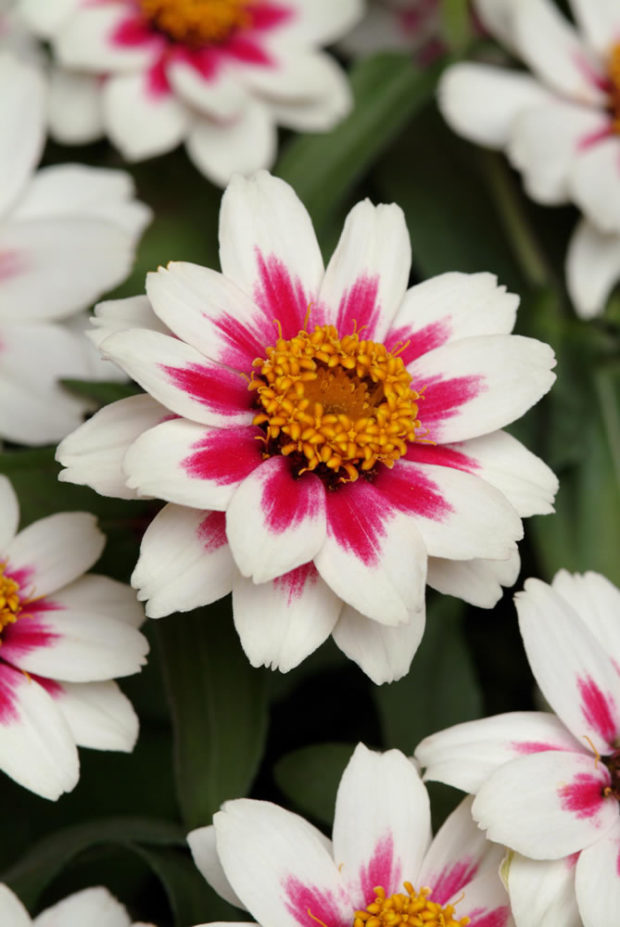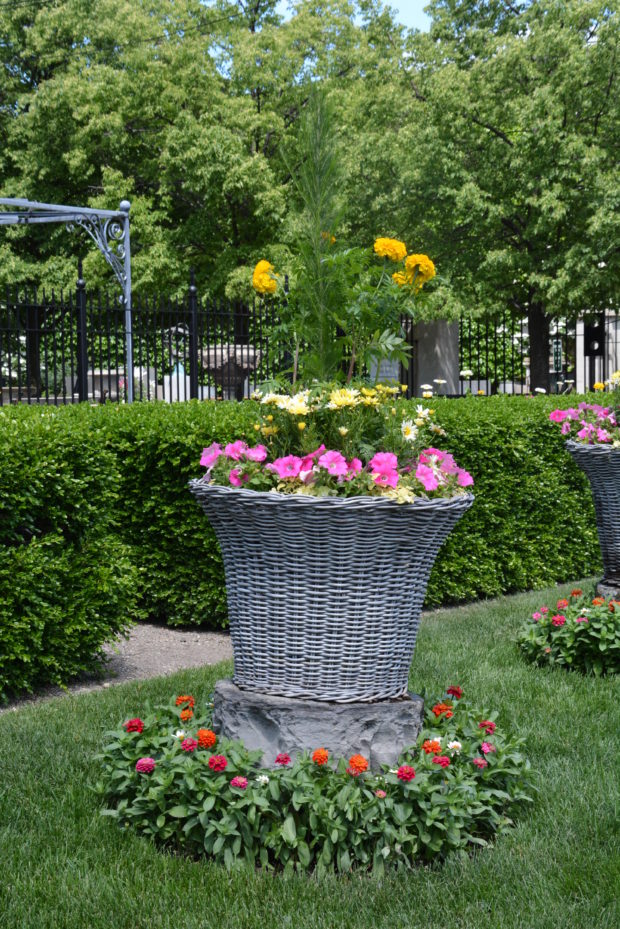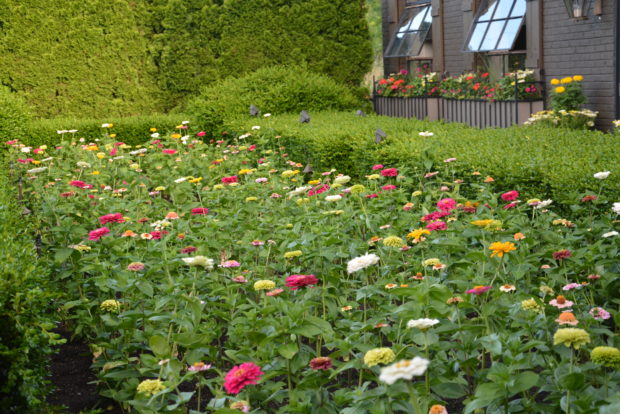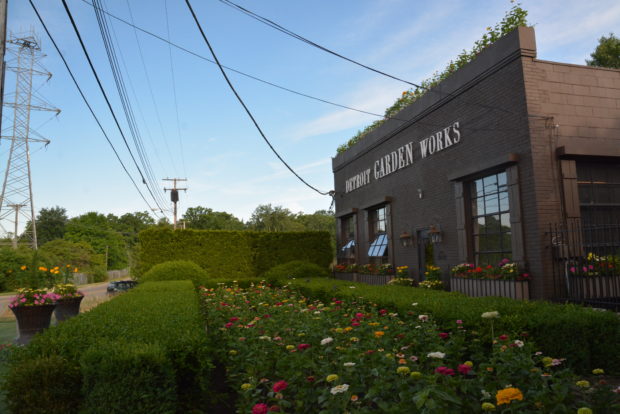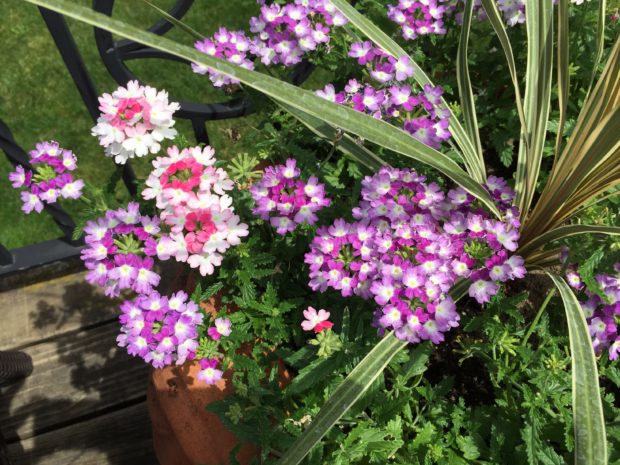 The Fourth of July is one of my favorite holidays. I like the story of how America came to be independent. I like anyone who has a mind to think and act independently. I like even more that I live in a culture that places a premium on freedom. That freedom came and continues to come with a very big price. I so respect any person who contributes to what it takes to let freedom ring. Today I am thinking about those people who valued independence and freedom above all. The 4th of July is a holiday that celebrates the best of what Americans can be. There is always a lot of impassioned discussion about what constitutes the best we can be. I like any idea delivered with passion and conviction. Bring it on-I am listening. What did I do over the celebration of this 4th? I spent a lot of time thinking about how lucky I am to live in America. I went to the shop at 7am to feed the dogs, and check on MCat. Once Rob arrived to water the plants at the shop, I knew I could go home with no worries. I came home. Buck and I had lunch on the deck at noon.. Home with family is good.
The Fourth of July is one of my favorite holidays. I like the story of how America came to be independent. I like anyone who has a mind to think and act independently. I like even more that I live in a culture that places a premium on freedom. That freedom came and continues to come with a very big price. I so respect any person who contributes to what it takes to let freedom ring. Today I am thinking about those people who valued independence and freedom above all. The 4th of July is a holiday that celebrates the best of what Americans can be. There is always a lot of impassioned discussion about what constitutes the best we can be. I like any idea delivered with passion and conviction. Bring it on-I am listening. What did I do over the celebration of this 4th? I spent a lot of time thinking about how lucky I am to live in America. I went to the shop at 7am to feed the dogs, and check on MCat. Once Rob arrived to water the plants at the shop, I knew I could go home with no worries. I came home. Buck and I had lunch on the deck at noon.. Home with family is good.
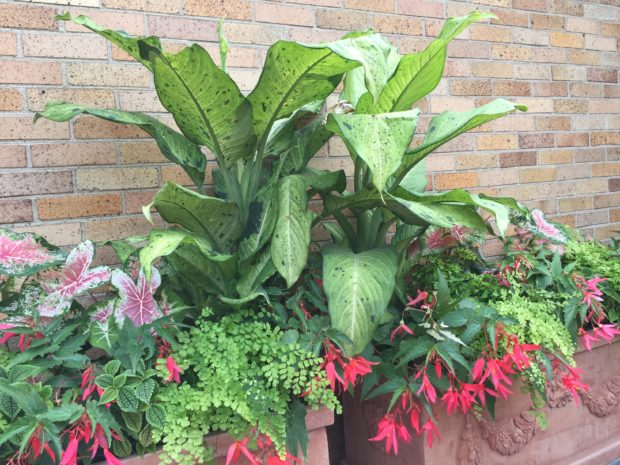 I weeded, dead headed, watered, and greatly enjoyed being outdoors at home. I took pictures. I rarely have a chance to be home during the day-I so enjoyed this. The corgis despise the booms from fireworks. I have one hand on them, and the rest of me thinking about how great it is to be home, and to be free.
I weeded, dead headed, watered, and greatly enjoyed being outdoors at home. I took pictures. I rarely have a chance to be home during the day-I so enjoyed this. The corgis despise the booms from fireworks. I have one hand on them, and the rest of me thinking about how great it is to be home, and to be free.
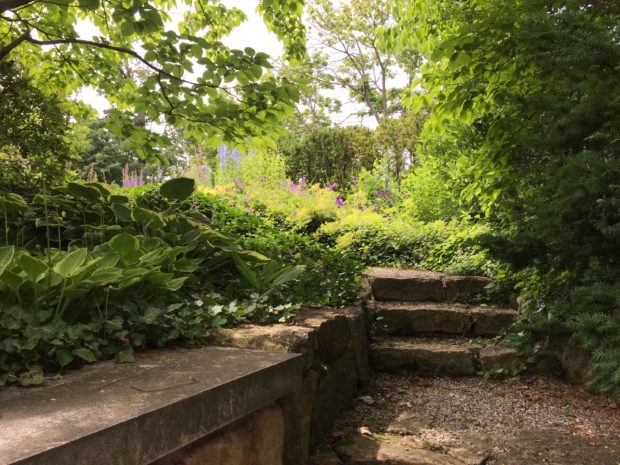 To follow are pictures of my garden from today. I hope you are enjoying your fourth as much as I am enjoying mine.
To follow are pictures of my garden from today. I hope you are enjoying your fourth as much as I am enjoying mine.
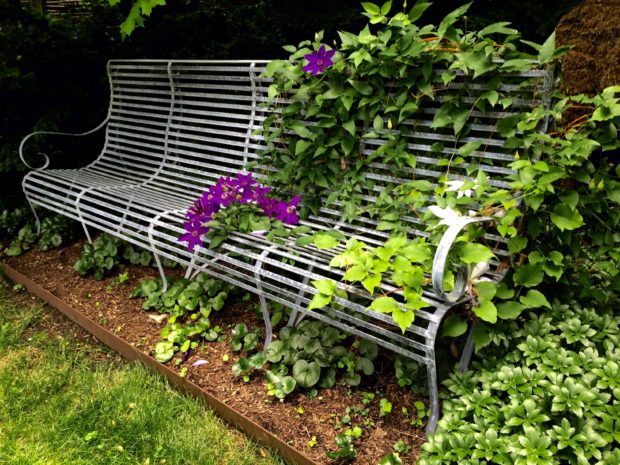 I have a little fireworks of the gardening sort going on today.
I have a little fireworks of the gardening sort going on today.
